Vacuum casting is a manufacturing process used to create high-quality plastic or metal parts with a high level of detail and accuracy. The vacuum casting process starts by creating a master model using methods such as 3D printing, CNC machining, or hand sculpting. A mold is then created from the master model, typically using silicone rubber or urethane. The mold is placed in a vacuum chamber, and liquid plastic or metal is poured into the mold. The vacuum is then turned on, which draws the liquid material into the mold, creating a part that is an exact replica of the master model.
Vacuum casting is a popular choice for creating small to medium-sized batches of parts with high accuracy and detail, as well as for creating parts with complex geometries. It is commonly used in industries such as automotive, aerospace, medical, and consumer goods.
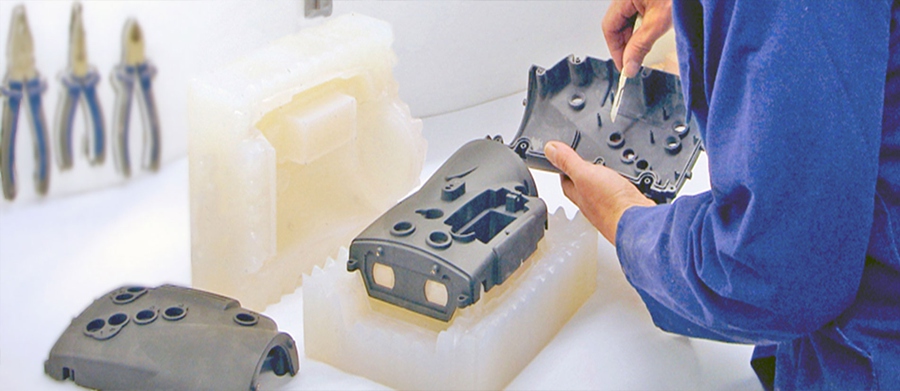
Application of vacuum casting
Vacuum casting has many applications across various industries, including:
Rapid Prototyping: Vacuum casting is widely used for creating prototypes for new products, as it can quickly and cost-effectively produce high-quality parts with complex geometries.
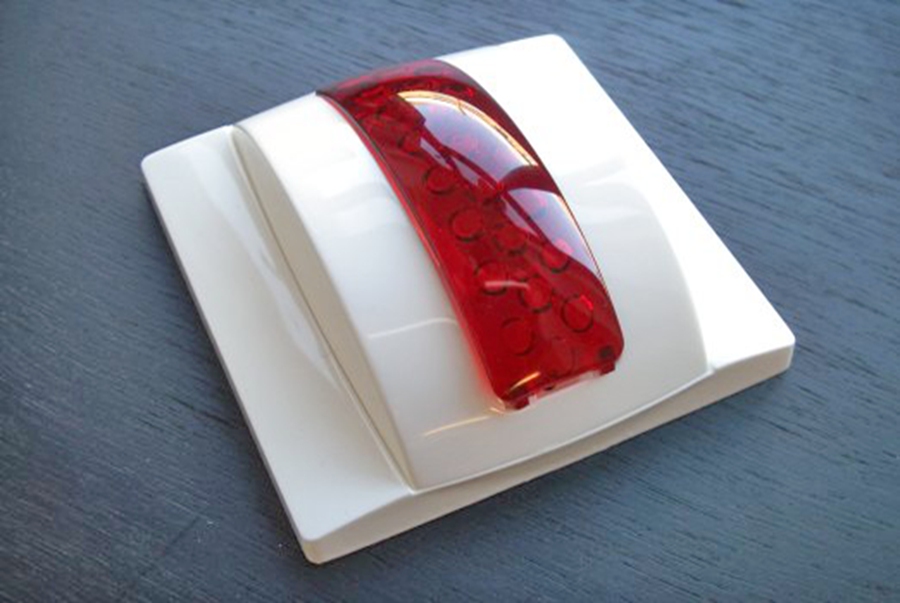
Small Batch Production: Vacuum casting is often used for small-batch production of parts, as it allows for the creation of parts with high accuracy and detail at a lower cost than traditional injection molding.
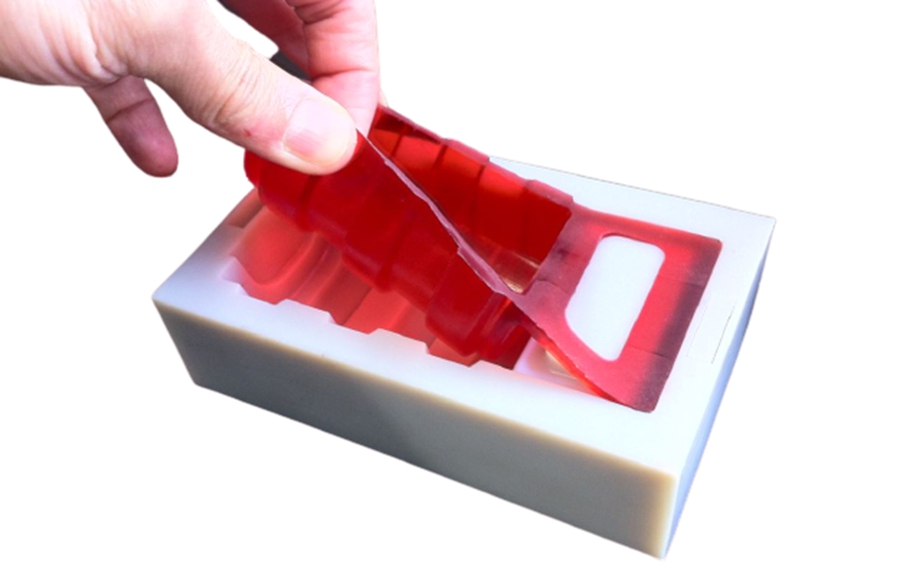
Automotive Industry: Vacuum casting is used to produce high-quality plastic parts, such as interior components, headlights, and taillights, for automotive applications.
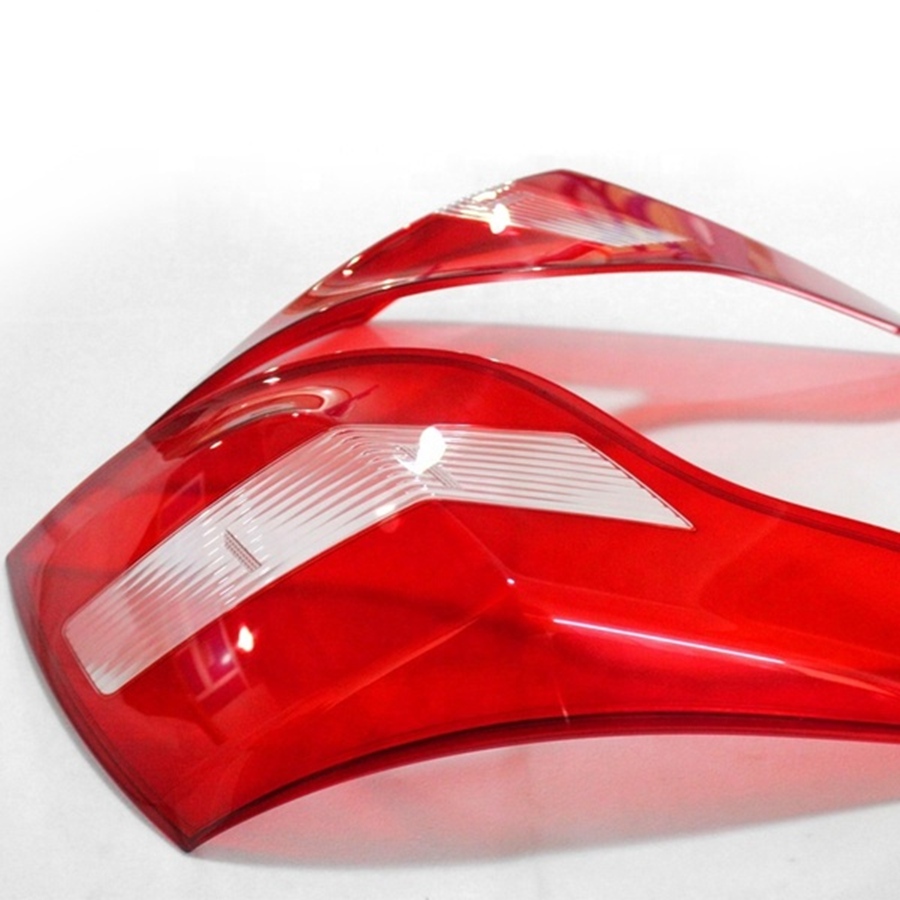
Aerospace Industry: Vacuum casting is used to create complex parts for aerospace applications, such as engine components, turbine blades, and aircraft interiors.
Medical Industry: Vacuum casting is used to create medical devices and implants, such as hearing aids and dental prostheses.
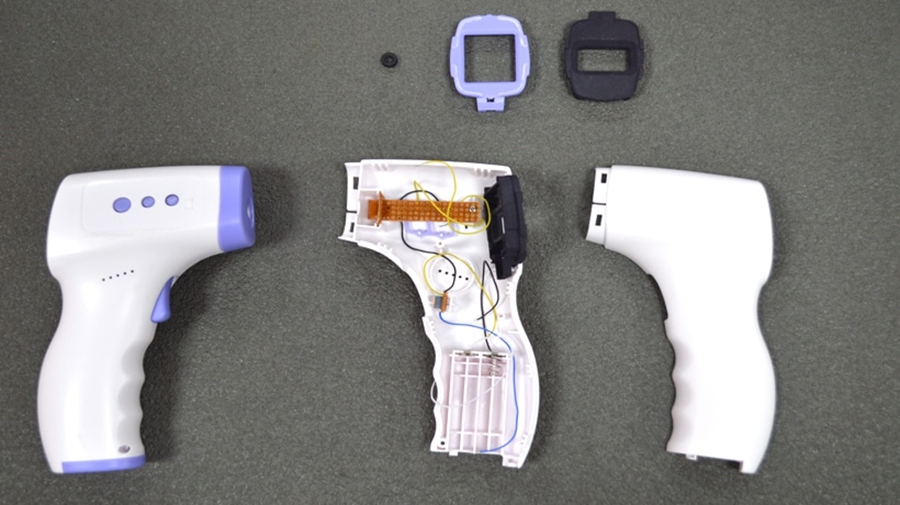
Consumer Goods Industry: Vacuum casting is used to create high-quality parts for consumer products such as toys, electronics, and household appliances.
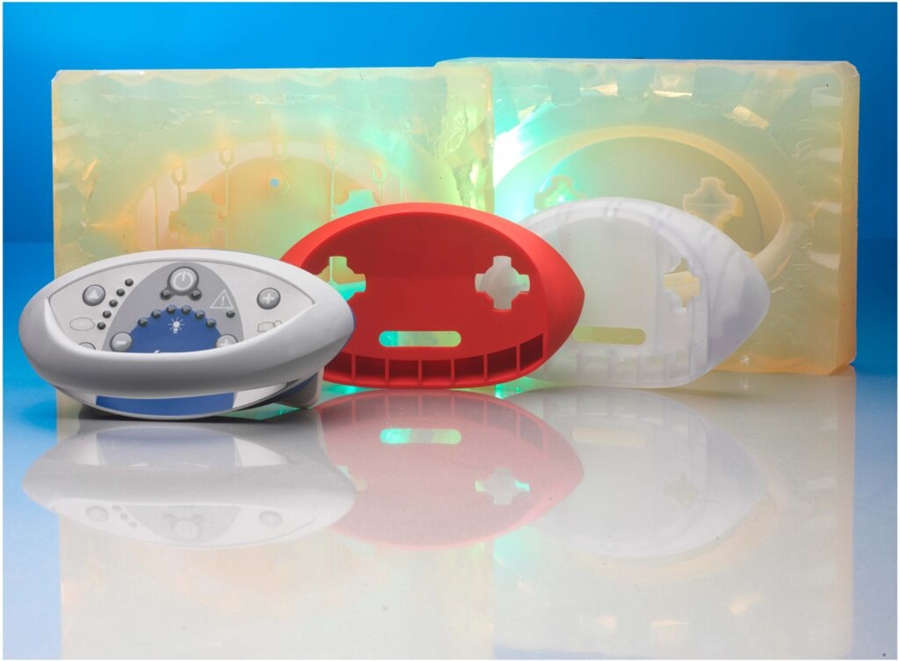
Advantage of vacuum casting
There are several advantages of vacuum casting as a manufacturing process, including:
Cost-effective for Small Production Runs: Vacuum casting is a cost-effective process for producing small batches of parts, as it does not require expensive tooling or equipment. This makes it a great choice for prototyping or small-scale production.
High-Quality Parts: Vacuum casting can produce high-quality parts with complex geometries and intricate details, making it a good choice for applications that require precision and accuracy.
Wide Range of Materials: Vacuum casting can be used with a variety of materials, including silicone, polyurethane, and epoxy resins. This allows for flexibility in material selection to meet specific project requirements.
Fast Turnaround: Vacuum casting can produce parts quickly, with typical lead times of 5-10 business days. This makes it a good choice for projects with tight deadlines.
Low Setup Costs: Compared to other manufacturing processes such as injection molding, vacuum casting has relatively low setup costs, making it a more accessible option for small businesses and startups.
Vacuum casting vs Injection molding
Vacuum casting and injection molding are both manufacturing processes used to create plastic parts, but they differ in several ways:
Cost: Injection molding is typically more expensive than vacuum casting, especially for small production runs. This is because injection molding requires expensive tooling and equipment, whereas vacuum casting can be done with relatively inexpensive molds.
Speed: Injection molding is a faster process than vacuum casting, allowing for larger production runs in a shorter amount of time.
Complexity: Vacuum casting is better suited for producing complex parts with intricate details, as it allows for the creation of undercuts and complex geometries that are not possible with injection molding.
Material Selection: Injection molding offers a wider range of materials to choose from, including high-performance engineering plastics. Vacuum casting typically uses silicone or urethane, which are not as strong or durable as the materials used in injection molding.
Surface Finish: Vacuum casting produces parts with a high-quality surface finish, whereas injection molding may require additional post-processing steps to achieve the same level of surface finish.
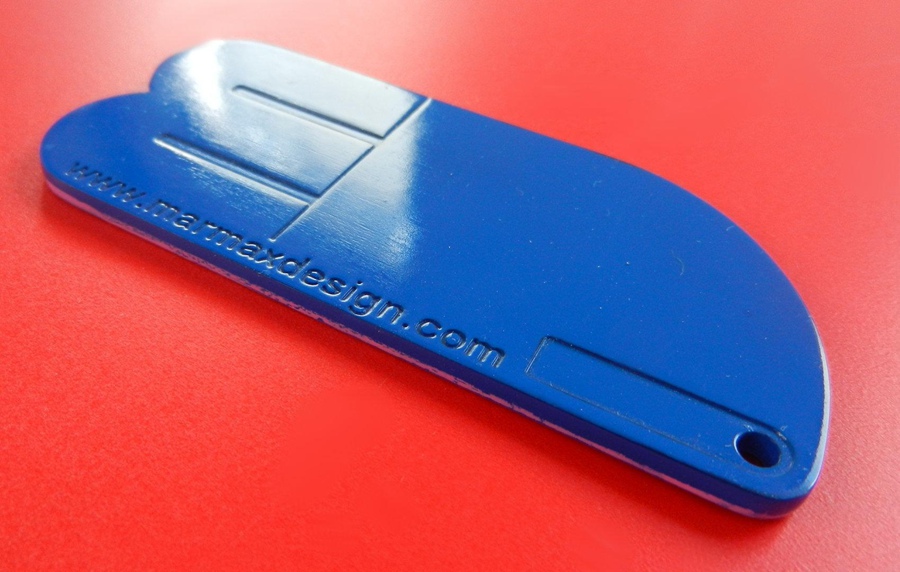
Vacuum casting is a better choice for small production runs or for creating parts with complex geometries and intricate details, while injection molding is a better choice for larger production runs or for producing parts with high-performance materials.
Advantages of GD-HUB in terms of vacuum casting manufacturing compared to other manufacturers:
GD-HUB reliable vacuum casting service for prototypes and low-volume production parts at competitive pricing.
Production Grade Quality
ISO 9001:2015 certificated
24H/7d Engineering Support
Fast delivery
Deeply cultivated industry for many years, dedicated and experienced manufacturing team.
Highest precision to reach ±0.05 mm